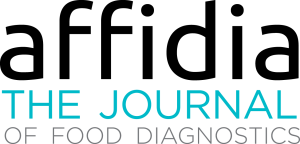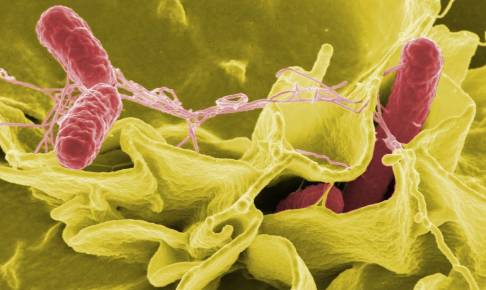FAO-WHO experts proposed recommendations for Listeria control in some food items
A new analysis of Listeria risks in three food categories has been conducted by a team of scientists at a joint meeting organized by the United Nations' Food and Agriculture Organization (FAO) and the World Health Organization (WHO) -Joint Expert Meeting on Microbiological Risk Assessment (JEMRA)- which took place in Geneva, Switzerland, from late May to early June 2023. The experts have proposed various recommendations as a precursor to a possible revision of guidelines concerning Listeria control in food.
The research highlighted the implications of end-users' deviation from the food's intended use, suggesting the importance of enhancing food labels to better instruct correct preparation. Moreover, experts emphasized the criticality for businesses to contemplate the potential impacts of climate change on food safety.
The experts conducted risk evaluations of Listeria monocytogenes in selected foods, utilizing models that have been developed since their last meeting.
The first meeting's focus was the development of models for lettuce, cantaloupe, frozen vegetables, and ready-to-eat (RTE) fish.
During the subsequent meeting, the assembly developed and appraised numerous risk assessment models to determine the risk of listeriosis resulting from the consumption of diced RTE cantaloupe, frozen vegetables, and cold-smoked RTE.
These meetings were a response to a Codex Committee on Food Hygiene's request to conduct a comprehensive risk assessment of Listeria monocytogenes in food, from production to consumption. The findings will contribute to any potential revisions of the general principles of food hygiene guidelines to manage this foodborne pathogen.
The risk models were deemed to be effective, but experts suggested that the dose-response model could be enhanced by incorporating additional factors like the health conditions of those at risk. Experts also suggested that these models should remain accessible as open-source tools.
The research identified several risk factors and mitigation strategies. For instance, in the diced RTE cantaloupe model, using appropriate water for primary production and employing an irrigation system that prevents water from touching the edible part of the crop could reduce the risk. Conversely, poor management of wash water and environmental hygiene during processing could increase the risk.
The research also identified climate change as a potential risk enhancer, as it could increase the prevalence of Listeria in soil, decrease water quality, and increase storage temperature.
In the case of frozen vegetables, blanching could reduce the risk of Listeria, but post-blanching contamination and pathogen growth could pose risks.
Similarly, poor hygiene practices during fish filleting and slicing, higher Listeria levels on incoming fish, and increased storage temperature could increase the risk, while adding lactic acid and diacetate or lactic acid bacteria culture could mitigate it.
The WHO has called for experts to help develop estimates of the global burden of foodborne diseases to update the previous estimates (made in 2011 and published in 2015). The revised figures should be available in 2025. The Foodborne Disease Burden Epidemiology Reference Group (FERG) is assisting the WHO in these efforts. The selection process commenced on August 1, 2023 and is ongoing.
Source:






















